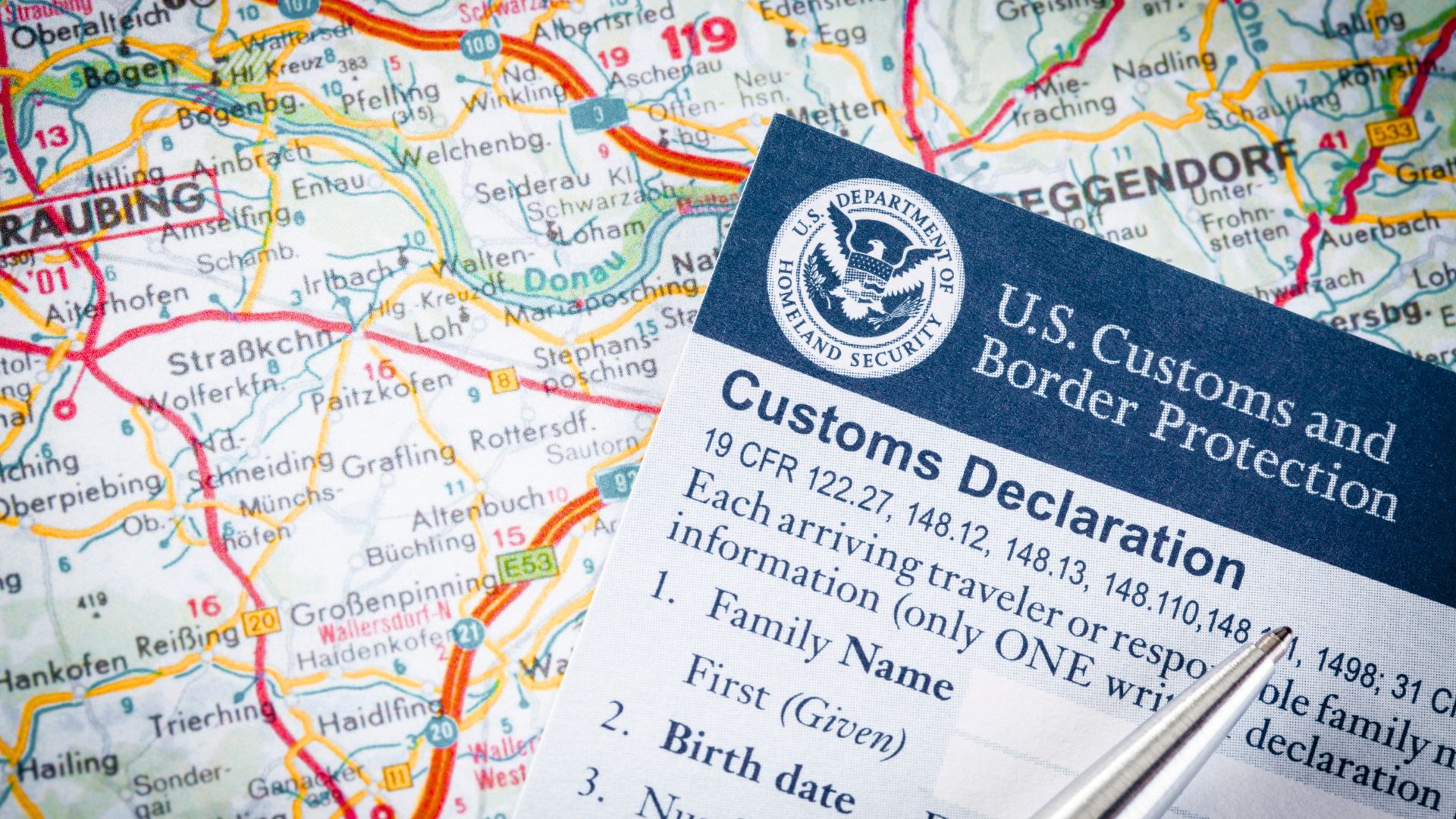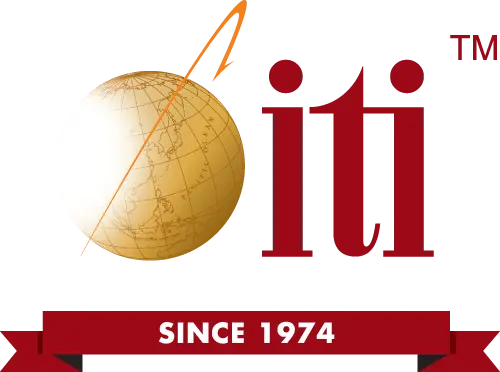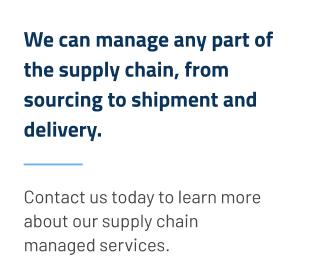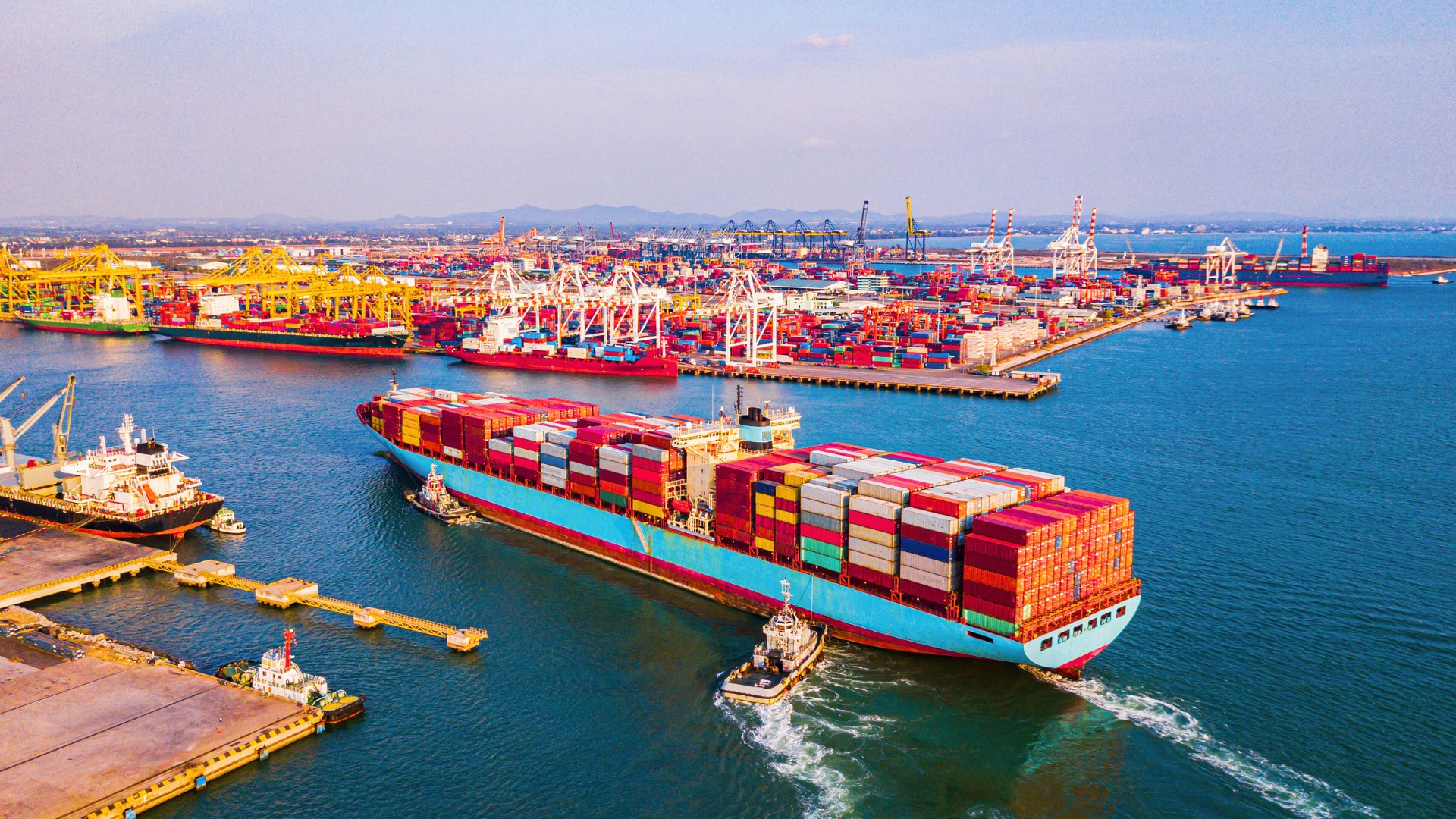
Imagine you’ve designed a new product overseas and you’re ready to ship the first big order to the United States. What you don’t know is how Customs will classify it or what duties you’ll be expected to pay. If you’re importing custom products to the United States, you need clarity before your shipment reaches the border.
What Is an eRuling?
An eRuling is an electronic request to U.S. Customs and Border Protection (CBP) for a binding decision on how your product will be classified, marked, or valued.
With an eRuling, importers gain:
- An official HTS code ruling (Harmonized Tariff Schedule)
- Duty rates locked in advance
- Confirmed country-of-origin requirements
Instead of guessing how Customs will treat your product, you receive an official directive that every U.S. port must honor.
At ITI Manufacturing, we manage these logistics and paperwork on your behalf.
What Goes Into an eRuling Request
Submitting a request requires detail and accuracy. A strong request for CBP usually includes:
- Importer and contact information (and any other parties involved)
- The U.S. port of entry
- A clear product description and intended use
- Relevant photos, diagrams, or technical specifications
- A statement confirming the product isn’t under review or litigation
ITI’s role: We help gather technical specifications, verify product descriptions, and confirm that the request reflects your actual import plan. Getting this right the first time avoids costly delays.
How the eRuling System Works
The process is straightforward. Importers complete the online eRuling template through CBP’s National Commodity Specialist Division. Once submitted, you’ll receive an acknowledgment and a control number. This is your reference while CBP reviews the request.
Most rulings are issued within 30 days. In more complex cases, CBP may take up to 90 days, especially if lab testing or additional review is required. Once issued, the ruling becomes binding. That means Customs officers at every U.S. port must honor the decision.
An eRuling isn’t just a piece of paper. It’s an official HTS code ruling that travels with your entry paperwork. It sets the standard for how your shipment is handled.
When Should You Request an eRuling?
Knowing when to request an eRuling can save money and prevent setbacks. Common scenarios include:
- New or custom products – If Customs has never seen your item before, an advance decision avoids confusion.
- Unclear HTS codes – A product can often fall into more than one classification. An eRuling clarifies which one applies.
- Wide duty rate differences – The difference between two tariff codes can mean thousands of dollars.
- Before scaling production – Knowing your costs in advance keeps budgets accurate and reduces risk.
An eRuling takes the guesswork out of importing custom products to the United States. It also gives your logistics team and customs broker a clear roadmap, reducing the chance of miscommunication. With the ruling in hand, you can approach production and shipping with more confidence, knowing that Customs has already confirmed how your goods will be classified.
Why Importers Use eRulings
The benefits are practical and immediate. An eRuling gives importers a level of predictability that’s hard to achieve any other way. Instead of waiting until goods arrive at the port to find out how Customs will treat them, companies can lock in answers ahead of time. That means fewer surprises, smoother budgeting, and a stronger foundation for long-term planning.
- Certainty. You know the exact duty and classification before any goods ship.
- Compliance. An official decision ensures product import compliance with CBP rules.
- Speed. Electronic submission moves faster than paper applications.
- Transparency. Many rulings are published in CBP’s online database, creating a searchable record for future reference.
For businesses, an eRuling Customs decision means fewer delays and fewer arguments at the border. It also builds confidence with suppliers, lenders, and partners who depend on accurate cost forecasting. The process may seem technical, but the peace of mind it provides often outweighs the time invested in filing a request. At ITI, we work hard to help you capture these benefits by laying the groundwork to ensure your application is strong and the ruling is applied correctly when shipments arrive.
What Customs Won’t Rule On
There are limits to what an eRuling can cover. CBP won’t issue a ruling if:
- The product is already under review or litigation
- The request involves a completed transaction rather than a future one
- The request is hypothetical and not tied to an actual import scenario
These exclusions keep the system focused on real, timely issues. They also prevent importers from using the system to test hypotheticals or challenge decisions already under review.
How ITI Manufacturing Simplifies the Process
While the eRuling system is accessible online, many importers underestimate the detail required. Incomplete or inaccurate applications can stall for months.
That’s where ITI comes in. With over 50 years of experience in global sourcing and U.S. import compliance, we:
- Gather and validate product specifications
- Prepare ruling requests with the precision CBP requires
- Ensure the ruling is properly attached to your entry paperwork
- Oversee compliance from factory to final clearance
The result? Your products clear U.S. Customs smoothly, shipments stay on schedule, and budgets remain predictable.
Ready to Secure Your eRuling?
Don’t leave Customs compliance to chance. Contact ITI Manufacturing today to discuss your eRuling plans and see how our proven compliance expertise can keep your shipments moving without disruption.




